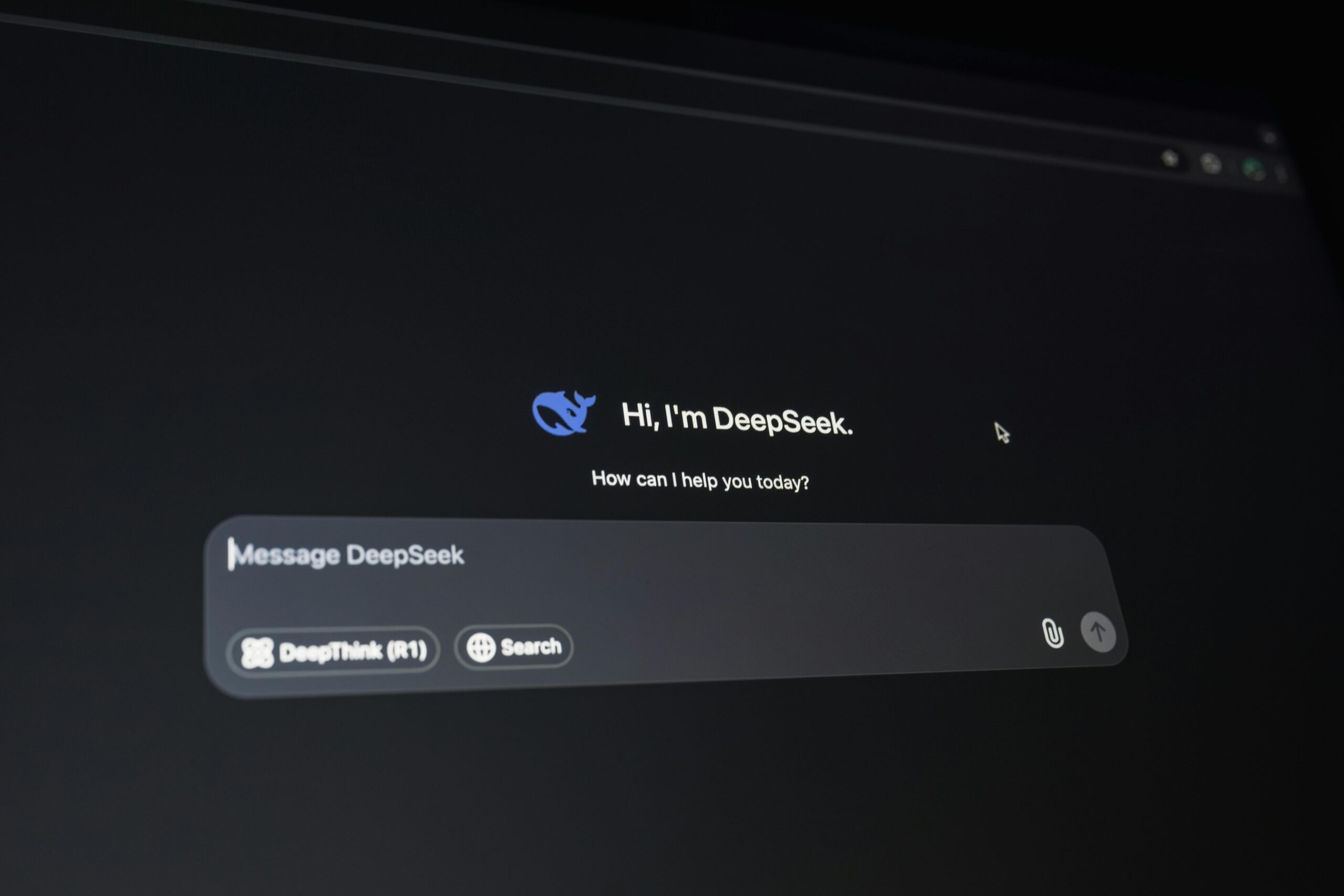
20 Best Computer Vision Projects for 2025
Computer vision is one of the most exciting fields in AI, with incredible innovations emerging every year. Whether you’re a beginner or an experienced developer, working on computer vision projects can be a great way to build skills and contribute to groundbreaking applications. Here are 20 of the best computer vision projects for 2025 that showcase creativity, problem-solving, and technical prowess.
1. Robotic Arm for Object Sorting
Building a robotic arm that can pick up and sort objects is a challenging yet rewarding project. Using a USB camera and a low-cost robotic arm with four joints, developers utilize forward and inverse kinematics to ensure precise movement. The system detects colored balls and sorts them accurately, making it a great automation experiment.
2. Realistic Eye-Tracking Robot
This project features a humanoid animatronic robot with realistic eye movements powered by Nvidia Jetson for face tracking. Eight servos control the eye mechanism, creating a lifelike gaze that follows people around. A Raspberry Pi 4 manages additional interactions using lidar for triggering sounds and lights.
3. Ball-Balancing Robot
A robotic platform that keeps a ball from falling off a glass plate using computer vision and motion control. A camera beneath the plate captures the ball’s position, while an algorithm calculates deviations and adjusts movement to keep it centered.
4. Smart Spectacles for Speech-Impaired Individuals
A wearable device shaped like spectacles translates hand gestures into spoken words using a small camera and machine learning. This innovation helps individuals with speech impairments communicate effectively in real time.
5. Boss Detector for Gamers
A Raspberry Pi-powered detection system that alerts users when someone is nearby. It includes a camera module, an AI model for face detection, and an LED indicator that signals the presence of another person, helping users stay alert in various situations.
6. Fire-Detecting Robot
This AI-powered robot detects and extinguishes fires using a camera and a trained deep learning model. It features a Raspberry Pi, an Arduino Nano, and a fan that activates upon detecting flames, offering a promising solution for fire safety.
7. Automated License Plate Recognition System
This smart parking and security system captures vehicle license plates using an ESP32, an OLED display, and a cloud-based processing system. It converts images into text data, though accuracy can be affected by lighting and font variations.
8. DIY AI-Powered Camera
A simple AI-powered camera system built using an ESP32 CAM, Node.js, and Google Vision API. The device captures images, analyzes objects, and displays the results in real-time, making it an easy and affordable computer vision project.
9. Self-Checkout AI Billing System
This DIY shopping checkout system identifies objects using a camera and weighs them using a load cell. The AI automatically adds items to the cart and generates a bill, reducing wait times and enhancing the shopping experience.
10. AI-Powered Trash Classifier
A Raspberry Pi-powered trash sorting system that categorizes waste as landfill, recycling, compost, or hazardous. Using a no-code machine learning tool, it scans items and indicates the correct disposal bin, making waste management more efficient.
11. Automated Object Sorting Conveyor System
An intelligent conveyor system that automatically classifies and sorts objects using computer vision and TensorFlow Lite. A gripper picks up objects, and a camera captures images for real-time classification.
12. Gesture-Controlled Virtual Mouse
A Python-based AI project that turns hand gestures into mouse movements. Using a webcam, it tracks finger positions and interprets gestures for cursor control and clicks, making interaction more intuitive.
13. ESP32 CAM with OpenCV for Edge Detection
This project integrates OpenCV’s canny edge detection with an ESP32 CAM module to process and analyze images in real time. While FPS remains low due to computational constraints, it’s an excellent entry into image processing on microcontrollers.
14. QR Code Scanner Using ESP32 CAM
A computer vision project that scans and decodes QR codes using OpenCV. The system processes frames from an ESP32 CAM module, making it possible to read complex QR codes quickly and efficiently.
15. AI-Powered Tic-Tac-Toe Football Wall
An interactive gaming wall that uses AI and computer vision to detect ball hits and determine their positions. Instead of expensive sensors, it relies on cameras and object detection models to track movements accurately.
16. AI-Powered Waste Sorting Robot
A neural network-based robot that classifies waste types using a webcam and edge computing. It avoids obstacles using a laser scanner and sorts trash efficiently, contributing to environmental conservation efforts.
17. Object Counting with Image Processing
A system that counts objects in images by converting frames to grayscale, applying edge detection, and detecting closed shapes. This method is useful for inventory management and industrial applications.
18. Gesture-Based Minecraft Controller
A novel AI project that allows players to control Minecraft using hand gestures instead of a keyboard or mouse. Powered by Google’s MediaPipe, it translates hand movements into in-game actions, although it still has limitations in gameplay accuracy.
19. Ghostly TV Effect Using Face Detection
An eerie computer vision project that simulates ghostly apparitions on an old TV screen. A hidden camera detects when someone looks away, triggering a ghostly figure to appear, creating a spooky effect.
20. Depth AI Object Detection with Raspberry Pi
A real-time AI vision system using an Oak-D Lite camera for depth perception and object detection. By running Depth AI on a Raspberry Pi, the setup creates a 3D representation of surroundings, making it ideal for robotics applications.
Conclusion
Computer vision is revolutionizing the way we interact with technology, from smart automation to innovative AI-powered solutions. Whether you’re interested in robotics, AI-powered gaming, or environmental sustainability, these projects offer inspiration and learning opportunities for 2025.
Which project caught your eye the most? Let us know in the comments! Stay tuned for more exciting tech ideas and innovations. Happy coding!
FAQs
1. What is computer vision?
Computer vision is a field of AI that enables computers to interpret and process visual data from the real world, similar to human vision.
2. Why should I work on computer vision projects?
Computer vision projects help you develop skills in image processing, deep learning, and AI while solving real-world problems in automation, robotics, and security.
3. What programming languages are best for computer vision?
The most commonly used languages for computer vision are Python (OpenCV, TensorFlow, PyTorch) and C++.
4. Can beginners work on these projects?
Yes! Many projects listed here are beginner-friendly, and you can start with basic ones like QR code scanning, object detection, or virtual mouse control.
5. What hardware do I need for these projects?
Commonly used hardware includes Raspberry Pi, ESP32-CAM, Arduino, NVIDIA Jetson, and OAK-D cameras.
6. Can I integrate AI models with these projects?
Yes! You can integrate machine learning models using TensorFlow, PyTorch, and Edge Impulse to improve accuracy and automate decision-making.
7. How can I get started with my first computer vision project?
Start by installing OpenCV and TensorFlow on your system, and follow online tutorials or GitHub repositories for beginner projects.
8. Are these projects useful for job applications?
Absolutely! Building computer vision projects can enhance your resume, showcase your AI skills, and make you stand out in tech job applications.




